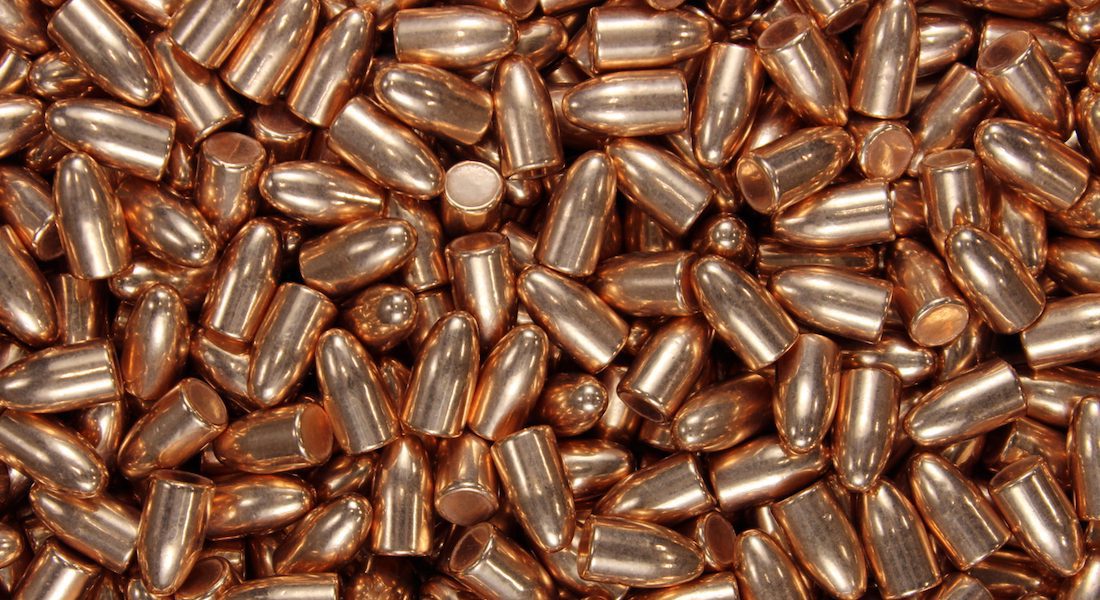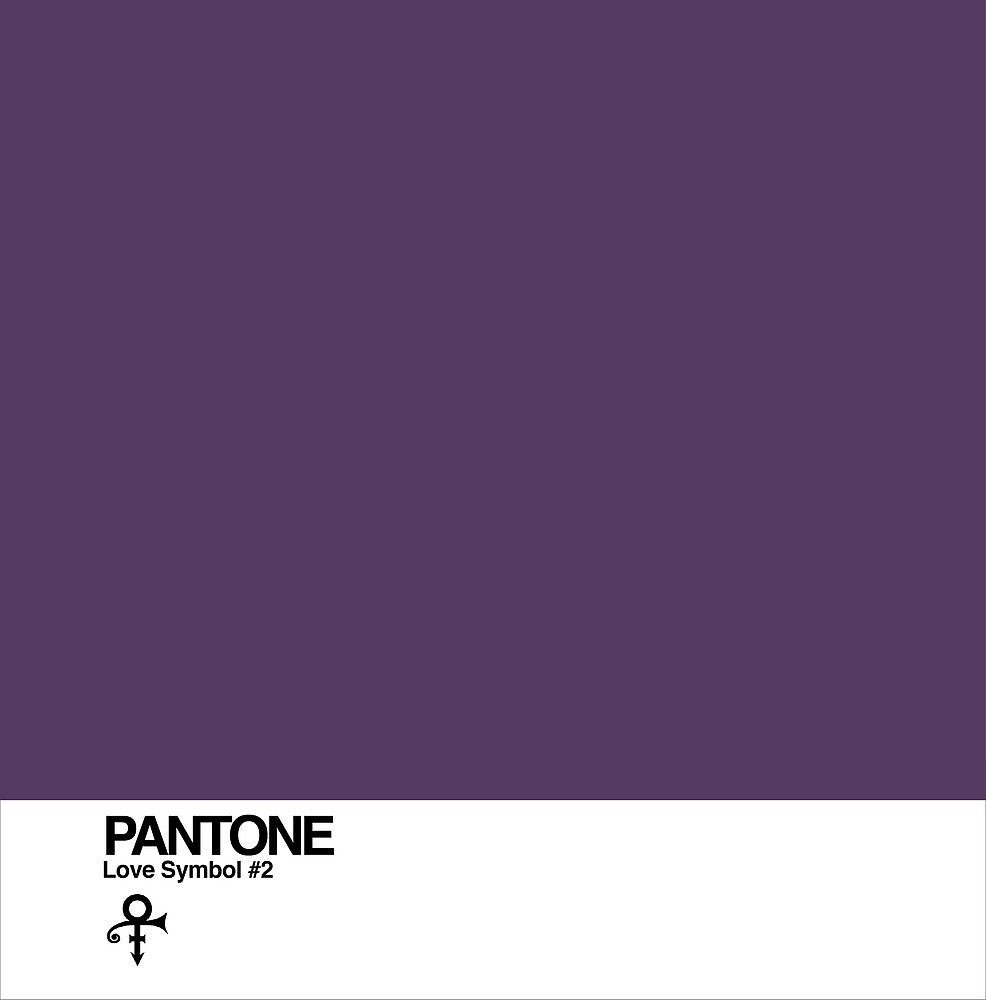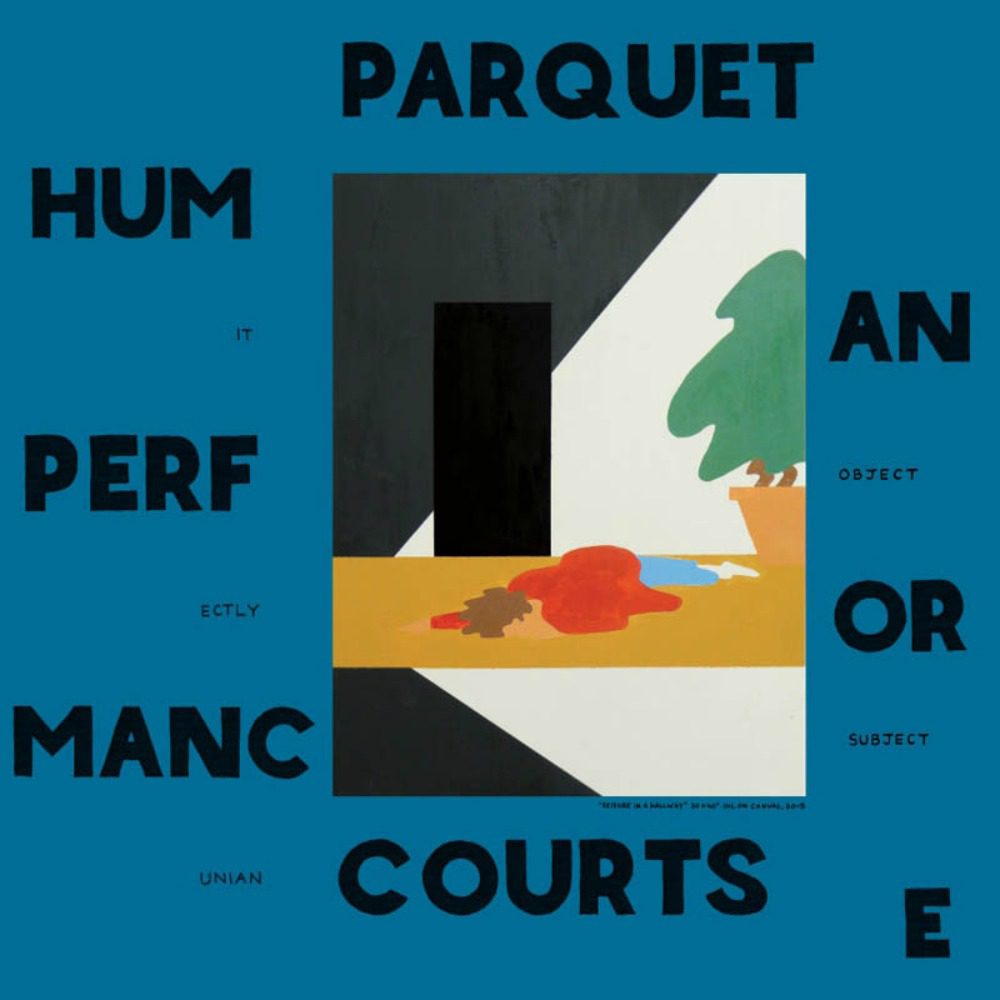
Last Saturday, while performing at New York’s Hammerstein Ballroom, Marilyn Manson was crushed by a falling stage prop. The assailing object was not a steel cage, nor a neon pentagram, but a sculpture of two massive handguns affixed to scaffolding. Manson was rushed to the hospital with undisclosed injuries.
Though it was a frightening incident (and one that led him to eventually cancel several upcoming tour dates), the knowledge that Manson was not in critical condition allowed a bit of black humor to creep into the scenario. Not 10 days prior, Manson pulled a toy gun on The Guardian’s Alexis Petridis during an interview, and later told him that, “the Columbine era destroyed my entire career at the time.”
Manson was of course referring to the 1999 Columbine High School shooting at the hands of teenagers Eric Harris and Dylan Klebold. The post-Columbine news media, eager to blame the violence on anything but America’s lax firearms policies and clueless approach toward disaffected youth, found a horned scapegoat in Manson. Countless pundits and members of the religious right made reference to his devil-worshipping ways, as well as his messages of “hate, violence, suicide, death, drug use, and Columbine-like behavior.” In the late ‘90s, Manson became an even greater pariah than he already was. If, before Columbine, his name evoked satanic orgies and platform shoes, it was now irrevocably linked with one of the most terrifying acts of gun violence in American history.
Knowing all of this, it’s hard to imagine Manson – whose wry and dark sense of humor infiltrates most of his interviews – didn’t at least smirk at the irony of two giant handguns pummeling him onstage. I must admit that after learning Manson did not suffer any serious wounds, I smirked, too. Until Sunday, that is.
The very next evening, across the nation from The Hammerstein Ballroom, a lone gunman opened fire on a country music festival in Las Vegas, murdering at least 59 people, and injuring over 500 others. I paraphrase The New Yorker journalist Adam Gopnik when I say that, the word “injured” is not commensurate with the scope of physical harm and psychological scars inflicted on those 500. Acknowledging the dead dozens doesn’t mend the phantom limbs nursed by their families.
Suddenly, one catastrophic weekend fanned the ever-burning flame of America’s gun control debate, and this time, the music world felt the heat. Country artist Rosanne Cash came forward with a powerful op-ed in the New York Times on Tuesday, imploring musicians – especially country musicians, who are so heavily burdened with the identity of the gun-toting American – to stand up against the N.R.A. and the armed culture of this nation:
“I encourage more artists in country and American roots music to end your silence,” Cash wrote. “It is no longer enough to separate yourself quietly. The laws the N.R.A. would pass are a threat to you, your fans, and to the concerts and festivals we enjoy.”
She went on, “This is a moment in American history that can’t be met with silence. According to PolitiFact, from 2005 to 2015, some 300,000 people in the US were killed by gun violence. That’s roughly the population of Pittsburgh.”
Fellow country guitarist Caleb Keeter, who was playing at the Las Vegas festival that weekend, met Cash’s challenge of squelching silence; the artist’s opinion on the second amendment is now altered forever.
“A small group (or one man) laid waste to a city with dedicated, fearless police officers desperately trying to help, because of access to an insane amount of firepower,” Keeter wrote. “Enough is enough.” In another sick twist of irony, the shooter, 64-year-old Stephen Paddock, bought most of his artillery at a shop so innocuously named, “Guns & Guitars.”
One might think that the deadliest mass shooting in U.S. history – as the Las Vegas massacre has now been classified – would move N.R.A. lobbyists and politicians to the same extent as Mr. Keeter. Instead, the N.R.A. is silent, and President Trump claims that the gun control conversation is, “not for now.”
But the President and the gun lobbyists weren’t at the Route 91 Harvest Festival. They didn’t spend Sunday night dodging hundreds of rounds of ammunition fired from the 32nd floor of the Mandalay Bay Hotel by Paddock. They weren’t there to suffer the carnage, and yet they continue to uphold laws which legalize the very implements that allowed Paddock to fire so relentlessly; namely, the easily acquired bump stock, which makes rapid-fire rifles out of semi-automatic ones, and can be purchased for $99.
Considering the coincidence that Marilyn Manson was once again in the news at the same time as a domestic mass shooting (though this time, not as a scapegoat), I couldn’t help but revisit Bowling For Columbine, Michael Moore’s 2002 documentary about America’s relationship with gun violence, in which Manson is interviewed.
When Bowling For Columbine hit theaters, I was 13. It was the first time I’d seen Marilyn Manson portrayed as a human being; sitting patiently in a chair and not writhing in fake blood or riding a potbellied pig. I was struck by his intelligence – by how articulate and gentle this agent of Satan could be. When Manson sat down with Moore, he spoke of Columbine and the media’s subsequent blame game.
“The two byproducts of that whole tragedy were violence in entertainment, and gun control,” he said, “and how perfect that those were the two things that we were going to talk about in the upcoming election. And also, then we forgot about Monica Lewinsky, and then we forgot about: the President was shooting bombs overseas, and yet I’m a bad guy because I sing some rock n’ roll songs,” he continued. “And who’s the bigger influence, the President? Or Marilyn Manson?”
Manson’s 15-year-old point is particularly sharp today, as conservatives strive to foist the responsibility for Las Vegas upon anything but the true culprit: the ease with which almost any American can waltz into a Walmart, and walk out with assault rifles, ammunition, and accoutrements that were never intended to hunt deer, but rather, humans. And for what?
Ask any Libertarian, member of the N.R.A., or gun-owning uncle why they need their AK-47s and TEC-9s, and they will all say the same thing: “for self defense!” But there are many flaws in that answer. First, look at the cold, hard facts about home invasion and “self defense.” Last year, the FBI released its 2015 crime stats, which proved a 7.8% decline in burglaries nationwide. Moreover, in 2010, the Bureau of Justice Statistics released data that in only 7% of household burglaries did a household member experience some form of violent victimization. That 7% is not to be scoffed at, but it also begs a few questions: 1) wouldn’t it be more difficult for burglars to victimize household members if they too, could not readily access firearms? And 2) Does having guns in the home ever truly make you safer?
According to figures from Aftermath.com, no. From 2005-2010, almost 3,800 people in the U.S. died from unintentional shootings. Over 1,300 victims those shootings were under 25 years of age. Additionally, a 2001 study by Miller, Azrael, and Hemenway reported that regardless of age, people are significantly more likely to die from unintentional firearm injuries when they live in states with more guns, as opposed to states with fewer guns. On average, states with the highest gun levels had nine times the rate of unintentional firearms deaths compared to states with the lowest gun levels.
3,800 doesn’t seem like such a high number for a five year period…when you compare it to the 30,000 gun deaths this country witnesses annually. In 2010, 20,000 of those gun deaths were suicides – suicides committed by people who didn’t have too much trouble procuring a gun.
I wonder if gun enthusiasts could use their “self-defense” logic on the victims of Mandalay Bay: could the concertgoers have protected themselves if each and every one of them was packing? No. When someone is shooting from the 32nd floor of a high-rise building, there is nothing you can do except run and duck for cover. Shooting back would do no good from the festival grounds – the man in the tower will always have the advantage. And yet, according to the logic of a Michigan Militiaman who was interviewed early in Bowling For Columbine, Paddock’s victims were ‘neglecting their obligation to be armed.’
“It’s an American responsibility to be armed. If you’re not armed, you’re not responsible,” he said in the film, struggling to buckle his belt. “It’s your job to defend you and yours,” he continued. “If you don’t do it, you’re in dereliction of duty as an American, period.” I wonder if that Militiaman could bear to accuse the Mandalay Bay victims of being “in dereliction of duty” as Americans,” today.
To me, passing legislation that allows citizens to purchase assault weapons and their vicious accessories; passively arming millions, and silently watching this happen again, and again, and again, is far more derelict of American duty than not owning an assault rifle. Raising our children in a culture that applauds and abets the “recreational” use of firearms is far more psychologically questionable, than going to town without your guns.
When the “self defense” argument doesn’t add up, gun-loving Americans turn to the Bill of Rights. “The Second Amendment says: I have the right to bear arms!” they shout. Well friends, there’s a big fucking difference between a musket and an AR-15. The fact of the matter is, most of the weaponry sold today didn’t exist when the Bill of Rights was written in 1789, and therefore should not be protected by it.
It is a nonsensical argument veiled in false patriotism and practicality, as if these trigger-happy citizens need their M16s for Fourth of July marches and weekend pheasant hunting. Their entitled cry that it’s “my right” to own an assault rifle bears the same insipid selfishness as a teenager trying to overthrow their parent’s household rules because they just turned 18. “Yes, legally, you may be an ‘adult,’ but you’re still in my house, eating my pot roast,” that parent might say. It seems that clinging to these weapons like toys and brandishing an irrelevant emblem of “freedom,” is more important to anti-gun control lobbyists than human life.
When Bowling For Columbine was first released, the wound opened by Harris and Klebold was still fresh and bleeding. The atrocity of Americans shooting scores of innocent people seemed at the time like a societal outlier. Now, it has become the hideous norm. And while Marilyn Manson will recover from his gun-inflicted wounds, I sometimes wonder if this country ever can.





